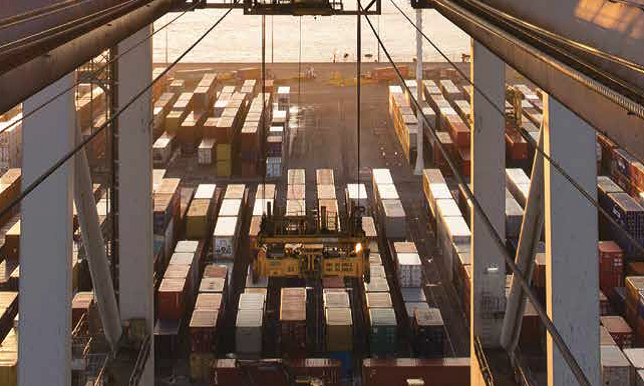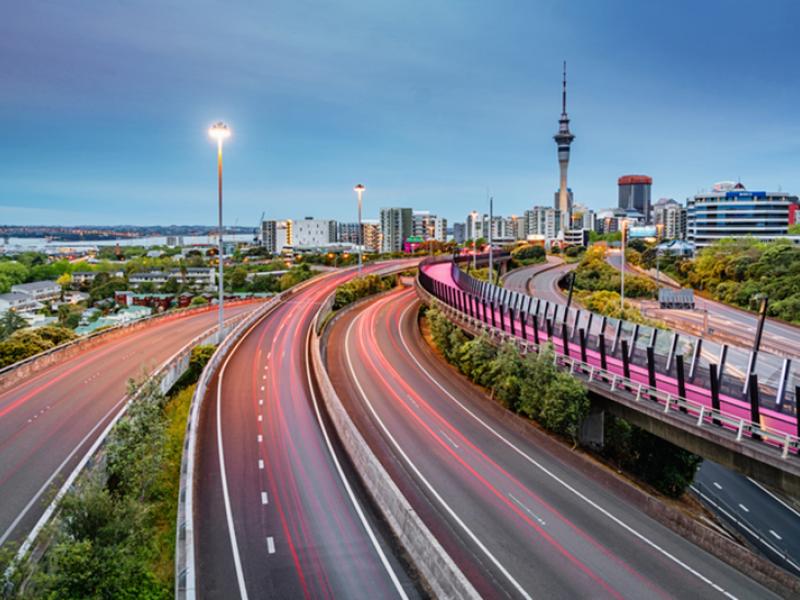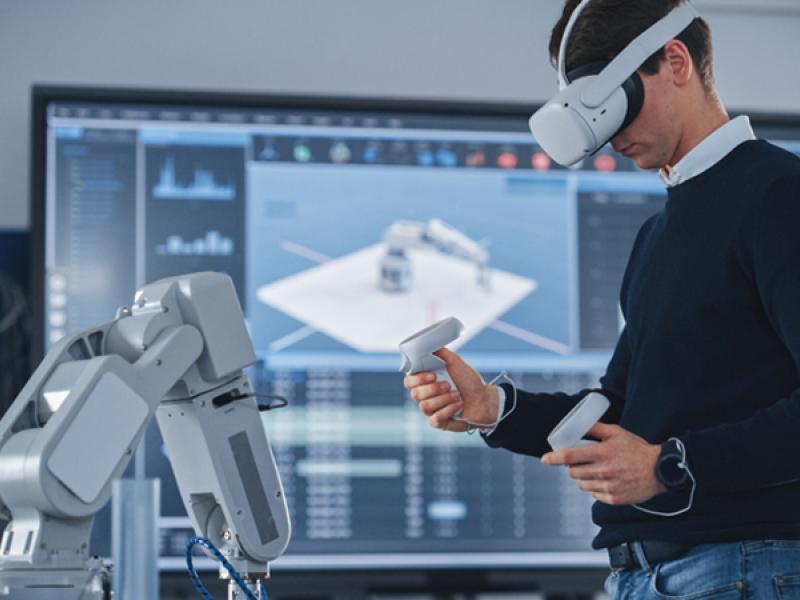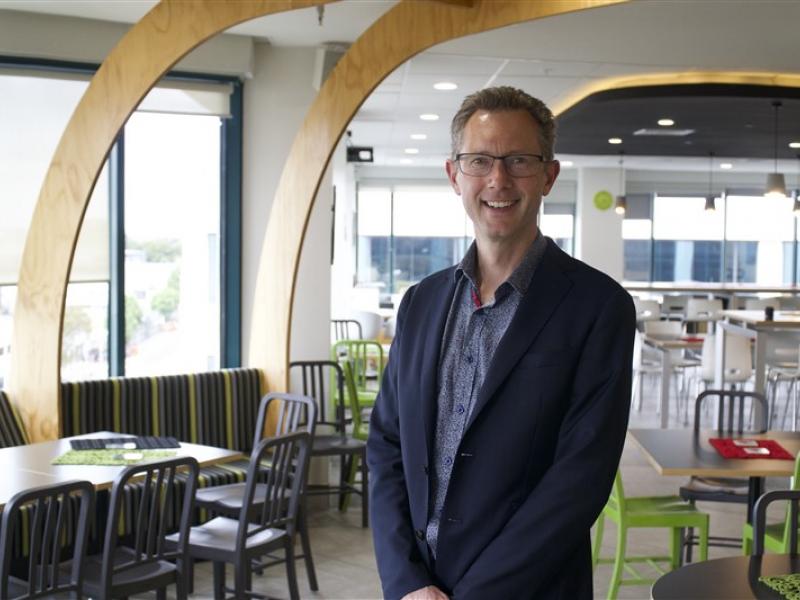|
Highlights 1. Financials •Reported net profit after tax was $60.3 million, in line with expectations. It includes the cost of investments made in sustainability, a review of our business model, cyber security, innovation and automation. Last year’s net profit after tax of $84 million included a $17.6 million gain for an asset impairment reversal. •Declared dividend of $51.3 million, compared to $54.3 million for the previous year. •Revenue lifted from $211.1 million to $222.4 million, up $11.3 million, reflecting increases in volume.
2. Volumes •Container volumes were up 5.0% to 952,331 TEU. •Car and light commercial vehicle volumes were up 19.9% to 297,383 units. •Breakbulk and bulk volumes (including cars & LCVs) were up 11.4% to 6.46 million tonnes.
3. Delighted customers •We were voted Best Seaport in Oceania by our customers, for the second consecutive year.
4. Investing for a sustainable future •Investing in sustainability, innovation and developing our future foresight capability. •Acquisition of Netlogix’s 50% shareholding of Nexus Logistics and its subsidiary CONLINXX. •Developing a North Island supply chain network to support future growth. •Proceeding with partial automation of our container terminal. •Investing in container terminal infrastructure, wharves and cranes.
Ports of Auckland today released its results for the 2016/17 financial year. Chief Executive Tony Gibson said “I am pleased to report we have delivered another solid result this year. Volumes are up across the board, as is revenue. Our trading profit and dividend are down slightly, reflecting the investments we are making to prepare for the future. This year work started on our Waikato freight hub, we finished our third container berth and our automation project is well underway. We have continued to perform well operationally and to make significant economic and social contributions to Auckland and New Zealand. For the second year running, we were voted Best Seaport in Oceania by our customers and industry peers in the region, reflecting the commitment and skill of our staff.” “The year has not been without challenges. Auckland's construction boom and growth has driven significant increases in freight volumes, notably vehicles and building materials. Cement volumes are up almost 50% in two years and cars are up almost 20% in just one year. As a consequence, we are experiencing capacity constraints on our general wharves, with some ships having to wait at anchor or at berth to unload. “Container volumes also showed healthy growth this year, both at the terminal and for the Pacific Island trade over the general wharves. “We are investing in our people and infrastructure to ensure we can continue to meet the growing needs of Auckland and the Upper North Island while respecting Aucklanders’ desire to protect the Waitematā harbour.” “Our container terminal automation project is well underway and on track for completion in 2019. Innovation and automation will increase our container terminal capacity from 900,000 TEUs a year to around 1.6 –1.7 million TEUs. We estimate that on our existing land area we can handle up to 3 million TEUs, catering for an Auckland population of 5 million people. “Automation brings significant productivity and sustainability benefits, but it also impacts some of the traditional roles in our industry. We believe that a business like ours which is adopting new technologies has a responsibility to help staff and their families adapt. We have initiated a Future of Work programme where our staff can learn and manage these new opportunities. “We continue to value and empower our people by focusing on maintaining a positive safety culture, embracing diversity, and investing in training and development. “Last year the Mayor asked us to investigate how the impacts of cars on the wharves could be reduced or eliminated. We looked at importing cars via another port, but an independent report from Enviro-Mark showed that Ports of Auckland is the most environmentally sustainable for car imports. Transport costs are also significantly lower through Auckland. So we are working with industry and stakeholders on ways to increase capacity, speed up processing time and reduce the visual impact of cars down town. We will share the results of this work later this year. There has been further consolidation in the container industry as a result of mergers and acquisitions. We now have fewer but larger container line customers and an industry that is still looking to ports to help lower costs. “Our strategy has been to offer great service to customers, deliver improvements through technology and innovation, keep costs low and extend our reach into the supply chain so we can offer better value and service to freight owners. This strategy has been successful, as evidenced by our recent financial results. This year, we have recast our strategy to reflect our vision to become the most sustainable port in New Zealand. We will be more transparent and more engaged with the community, provide leadership on environmental issues, and help drive Auckland’s economy in a sustainable way. We have set some ambitious goals, including being a zero emission port and have started to make practical steps towards this goal. “For the first time, our Annual Report follows the International Integrated Reporting Framework, developed by the Integrated Reporting Council which shows how we create and build value across our seven sustainability principles: Economically Responsible; Resilient Operations; Innovation and Foresight; Values-based; Enhancing People and Safety; Customer and Community Focus and Environmental Leadership. This year we report on a number of the early steps we have taken toward achieving our long term sustainability goals. “There are many changes happening in our industry and it is an exciting time to be part of it. We look forward to the years ahead.”
|
Investing for a sustainable future
News
Thursday, 31 August 2017







